How to Teach Reading in Homeschool
Wondering what it takes to teach your child to read?
How do you know when your child is ready?
Are you worried about turning them off of reading, or butting heads as you begin the process?
Teaching your child to read may feel overwhelming. There are a lot of moving parts.
As a resource teacher working with children and teachers, I was able to lean in on others’ classrooms and get a ton of great ideas. These teachers inspired me to raise the bar, and one, in particular - the Reading Recovery teacher - had a profound impact on my practice with her simplified tools to teach reading.
She had a giant tickletrunk of tools - many of them very playful and hands-on - and I couldn’t help myself from eavesdropping every time she did a lesson. These struggling kids learned to read SO QUICKLY - with confidence, ease and fluency.
I took stock of the strategies she used, and started to test them out in my own practice, and later on with my own girls. I was amazed at how quickly the children picked up skills to enable them to confidently pick up a book at their level, and read for pleasure.
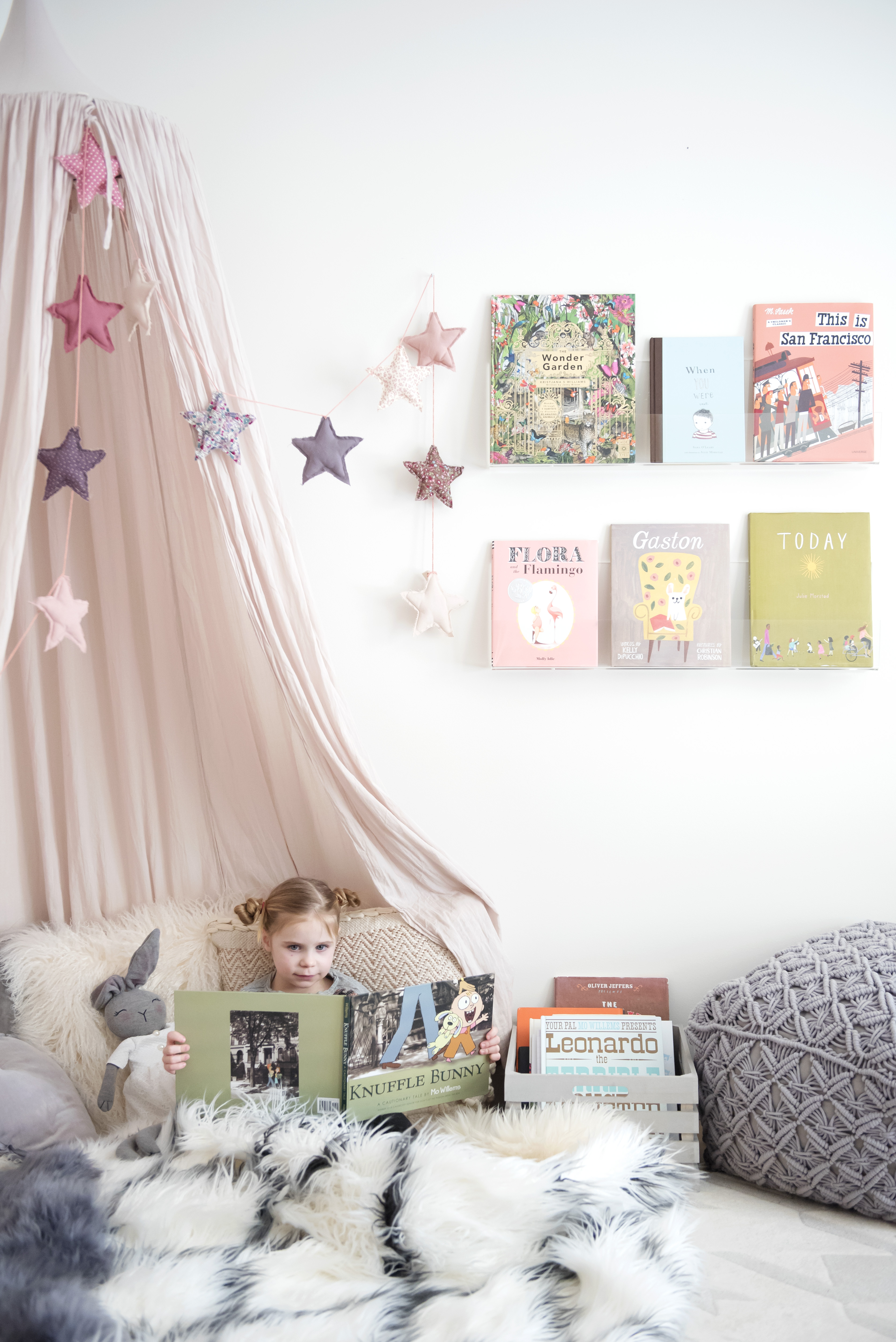
How do we know when a child is ready to read?
There are several telltale signs your child is ready to learn to read. They include:
- Environmental print: your child is reading restaurant or store signs, street signs; noticing print in their world
- Concepts of print: Your child knows how to hold a book, knows where to find the words on a page, and knows the difference between a letter and a word
- Strong phonemic awareness: Your child can blend words (C-A-T says CAT), he is able to isolate beginning sounds, and has a good rhyming vocabulary
- Pretends to read: Your child loves retelling familiar stories,"reads" them over and over again from memory, and shows an interest in being read to more and more
What are the magical tools to teach my child to read?
Picture Walk
Prior Knowledge - the information your child already has about a certain topic - is our brain’s way of assimilating new information. This is a critical piece in reading. Connecting with what we already know helps to warm up our brains for the new information coming in.
A picture walk is a simple technique to get our child thinking about what they will be reading. It uncovers new vocabulary, and gives the brain the “velcro” to hold onto the new meaning they are making.
How to use this strategy
Find a “just-right book.” - a book at your child’s level.
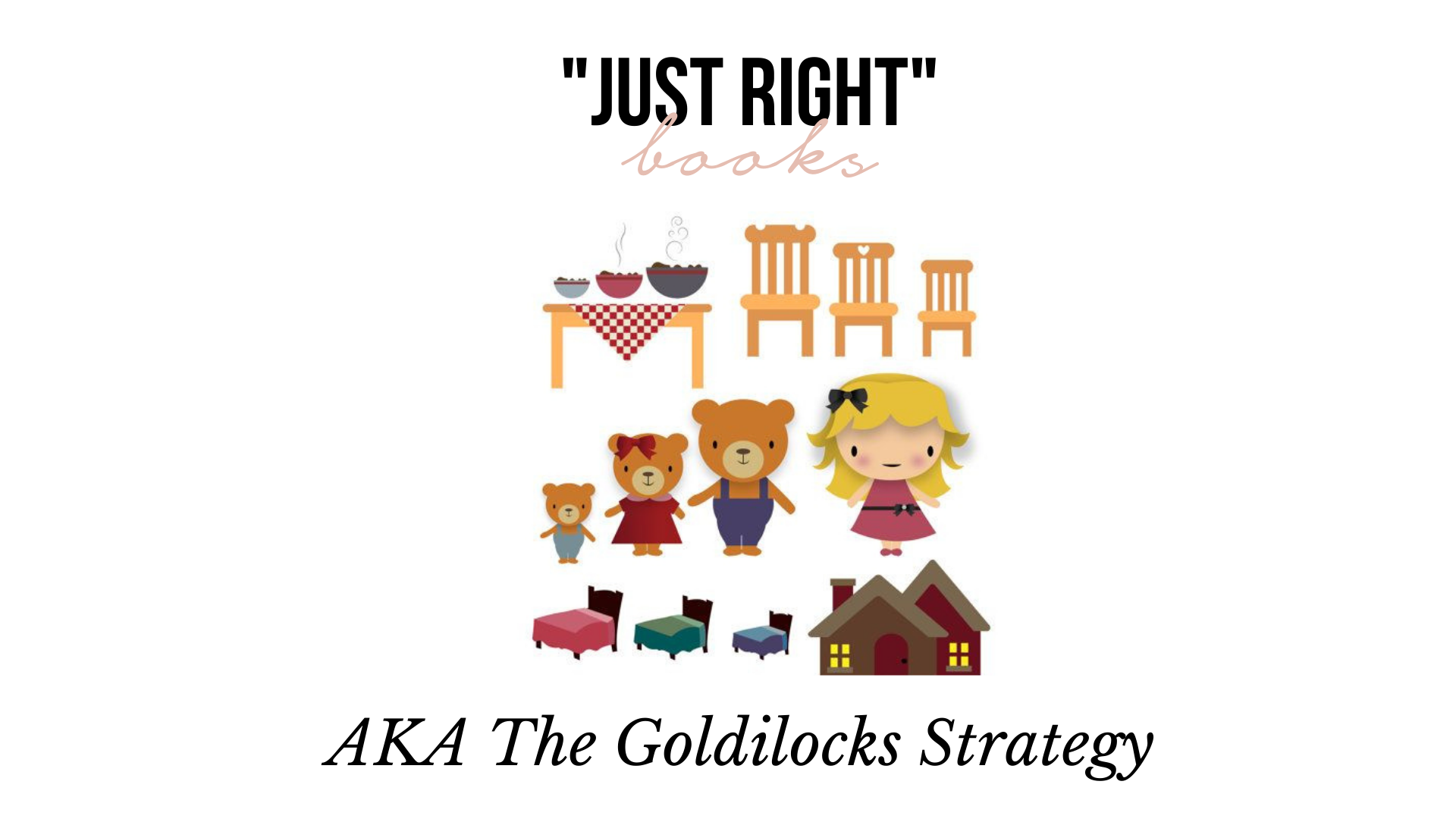
Look closely at the cover and read the title. What do you think this book will be about?
Cover the text as you flip through the book, looking closely at each picture. At this point, you may even introduce names and characters in the story as they may be unfamiliar to your child.
2. Dot Sticker Fingers
One of the most important tasks your budding reader will have is to track print using 1:1 correspondence. Matching voice to print is a skill that requires your child to slow down and carefully notice the words he is reading.
How to use this strategy
A sticker can help. Place a dot sticker on “Peter Pointer,” and allow your child to track the print from left to right. The bright sticker ensures your child attends carefully, and does not just read through memory or with haste.
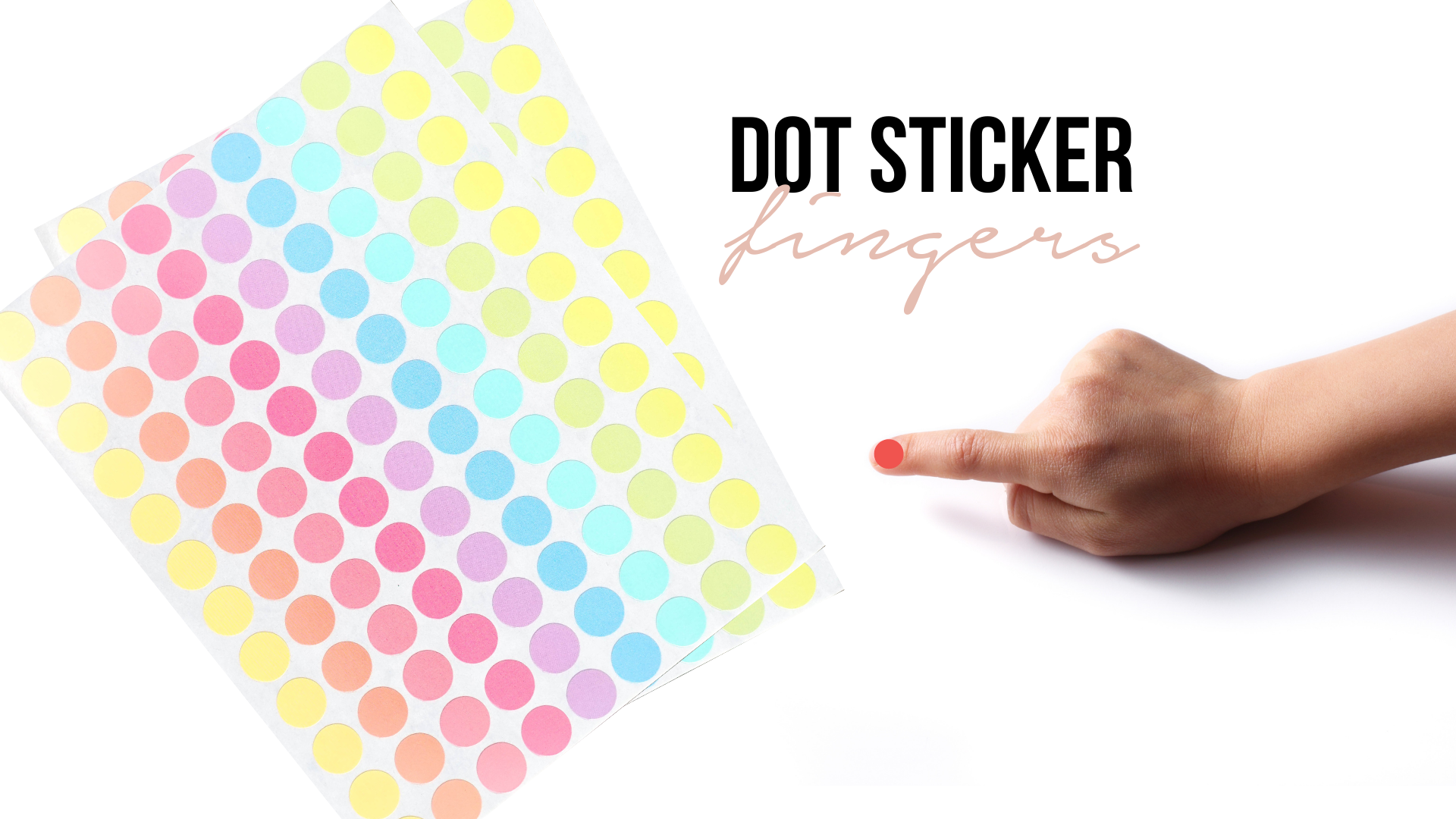
3. Cut Up Sentence Strips
Writing is the reciprocal process to reading, and the two go hand in hand like Peanut Butter and Jelly. The cut-up sentence strip helps encourage students to recognize that each word is a separate piece, has its own meaning, and is separated by a space within each sentence.
How to use this strategy
Take a passage - a single sentence - from your child’s early reader. Read the sentence out slowly, and print it on a strip of paper. Read each word as you write it. Later on, your child can do the writing piece.
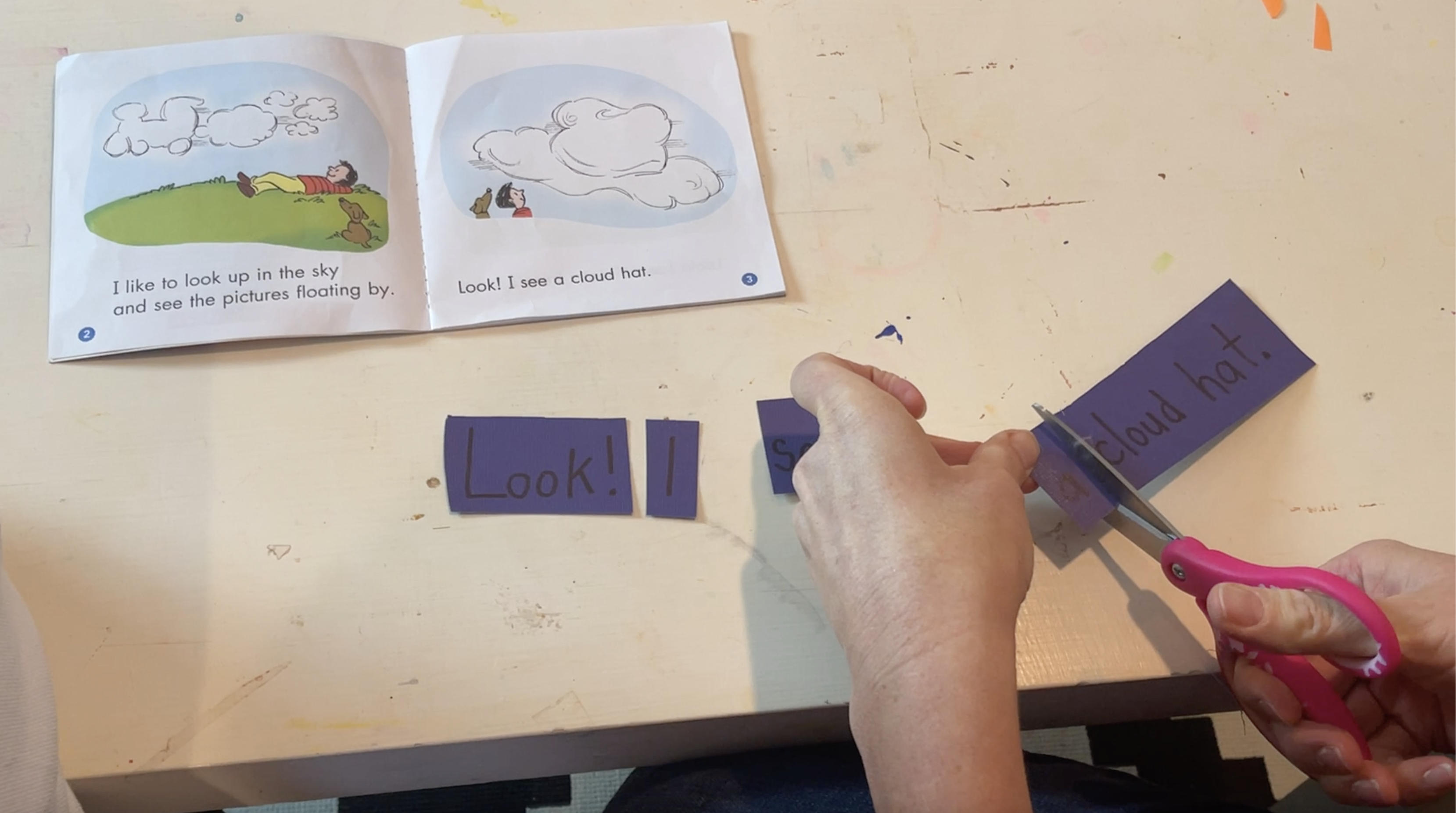
Next, cut each word slowly as you read the words again. Snip (word), Snip (word), Snip (word)
Finally, ask your child to put the sentence back together like a puzzle, reading each word.
Glue it on a piece of paper, and have him draw a picture to match.
Bonus Strategy: Sound Sort
If you have a budding reader still mastering her letters and sounds, one great way to warm up before reading a "Just-Right" book is with a Sound Sort.
Discriminating between sounds (auditory discrimination) - your child's ability to hear and distinguish similarities and differences between sounds - is an important phonemic awareness skill.
How to use this strategy
Choose two sounds to work with. Assign each sound a paper bag, and invite your child to go on a scavenger hunt around the house for items that start with that beginning sound. Make a large masking tape T-Chart on your table. Next, dump the paper bag items on the table. Label each column with the corresponding letter.
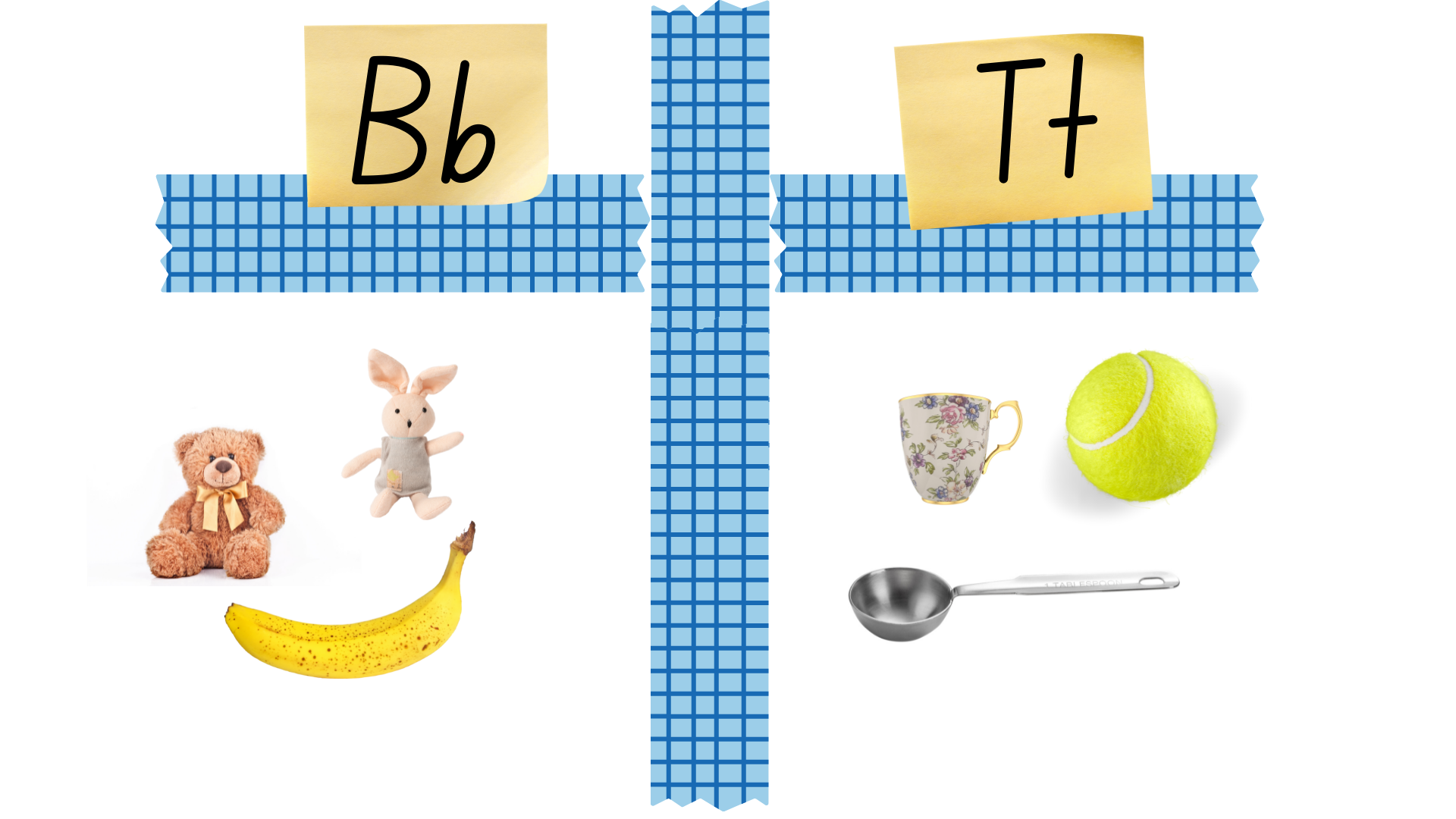
Invite your child to say each object name slowly, and sort it into the appropriate column.
Repeat the process with different letters of the alphabet.
Teaching your young child to read may feel like a daunting task, especially if you are met with resistance or reluctance. Knowing when your child is ready for reading instruction, and applying these playful, hands-on strategies will help ease your child into the process of learning to read, and soon enough you will experience that "lightbulb moment" where everything clicks, and you have a real, confident reader on your hands!
If you enjoyed these strategies, and would like to know more about simple yet playful ways to teach reading and writing to your child, join me for my LIVE WORKSHOP, Wednesday, November 3, 2021. (Replay access for life!)



